New research reveals fresh insights into the role of karst in the Chalk aquifer
New research has thrown fresh light on what scientists understand about the role of karst in the Chalk aquifer, which provides public water supplies to millions of people, agriculture and industry, and sustains vital habitats.
20/12/2021 By BGS Press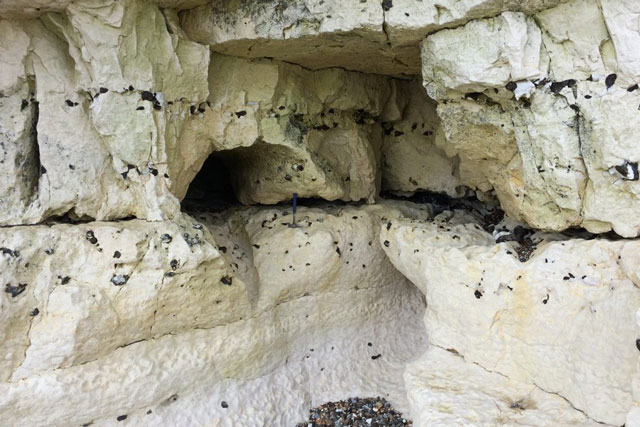
New research has thrown fresh light on what scientists understand about the role of karst in the Chalk Group aquifer, which provides public water supplies to millions of people, agriculture and industry, and sustains vital habitats. A study led by BGS, published in the Geological Society of London Special Publication SP517, The Chalk Aquifers of Europe, has compiled evidence showing that karst and rapid groundwater flow are much more widespread in the Chalk than previously thought.
The study will be of particular interest for regulators and water companies, both globally and in the UK, when planning future approaches to groundwater source protection and catchment management. Existing research shows that globally, around 20 to 25 per cent of people rely on karst groundwater for supply.
What is karst?
‘Karst’ is a geomorphological term that is applied to a type of landscape where erosion caused by dissolution, in other words the dissolving of bedrock, has resulted in fissures, sinkholes, sinking streams, ridges, caves, springs and other characteristic features. It is typically associated with soluble rock types such as limestone, marble and gypsum.
The Chalk is an unusual karst aquifer with limited cave development, but extensive networks of smaller solutional conduits and fissures that enable rapid groundwater flow. Small-scale karst features such as dolines, stream sinks, dissolution pipes and springs, are common.
This research is the culmination of many years work and is a step forward in our understanding of the Chalk aquifer. Our research presents evidence of the extent of karst in the Chalk throughout England, including almost 100 tracer connections demonstrating rapid groundwater flow.
We found high densities of stream sinks, and karstic conduits, springs, dolines and dissolution pipes are common.
We demonstrate that rapid groundwater flow and karst occur much more frequently than previously thought, which provides an important step forwards in our conceptual understanding of the Chalk and of global karst aquifers more generally.
Our work examines the implications of karst in the Chalk for groundwater protection and demonstrates how the evidence for karst should be central to future strategies for groundwater protection and management.
Louise Maurice, BGS Senior Hydrogeologist and lead author of the study.
Studying karst
Improved understanding of Chalk karst will expand understanding of similar karst aquifers with limited cave development that are globally widespread and provide vital public water resources to millions of people.
Such insights into the unique nature of Chalk karst may also help to advance understanding of classical karst aquifers, where major caves are often the main focus of research and fissures or smaller conduits are less understood.
The full study is titled Karst hydrogeology of the Chalk and implications for groundwater protection. The work is funded by the NERC knowledge Exchange fellowship scheme.
Other work in the Geological Society of London special publication also highlights the importance of karst in the Chalk, including a further BGS-led study, The genesis and evolution of karstic conduit systems in the Chalk.
Relative topics
Related news
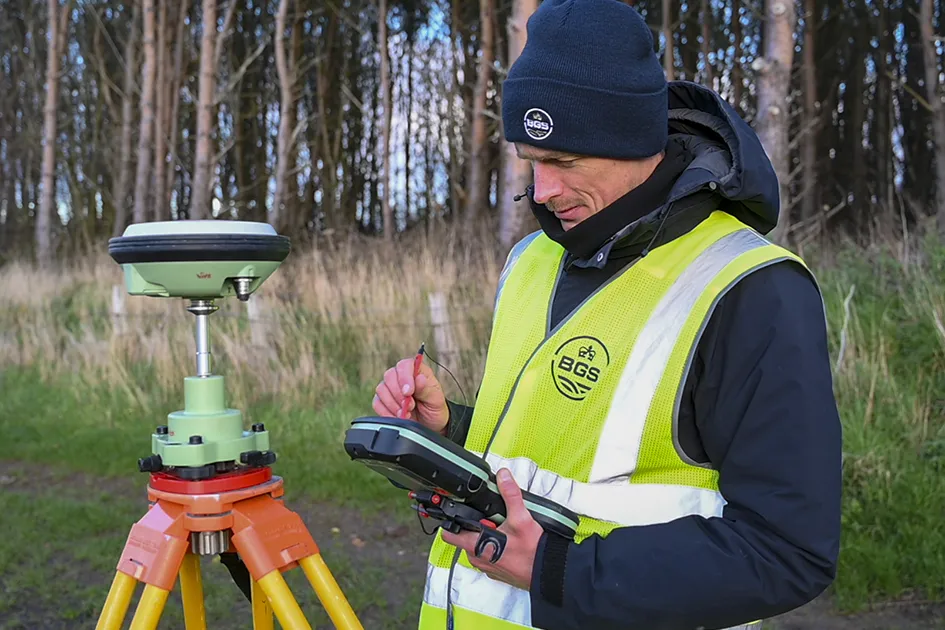
‘Three norths’ set to leave England and not return for hundreds of years
12/12/2025
The historic alignment of true, magnetic, and grid north is set to leave England, three years after they combined in the country for the first time since records began.

BGS agrees to establish collaboration framework with Ukrainian government
11/12/2025
The partnership will focus on joint research and data exchange opportunities with Ukrainian colleagues.

Making research matter: BGS joins leading research organisations in new national initiative
10/12/2025
A new alliance of 35 organisations has been formed that is dedicated to advancing science for the benefit of people, communities, the economy and national priorities.

New 3D model to help mitigate groundwater flooding
08/12/2025
BGS has released a 3D geological model of Gateshead to enhance understanding of groundwater and improve the response to flooding.
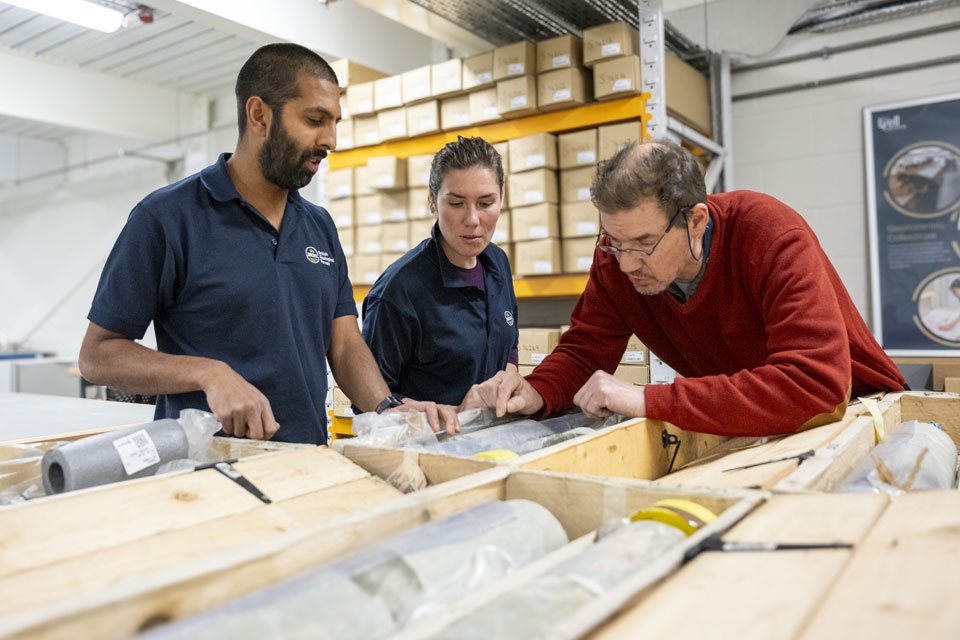
Scientists gain access to ‘once in a lifetime’ core from Great Glen Fault
01/12/2025
The geological core provides a cross-section through the UK’s largest fault zone, offering a rare insight into the formation of the Scottish Highlands.
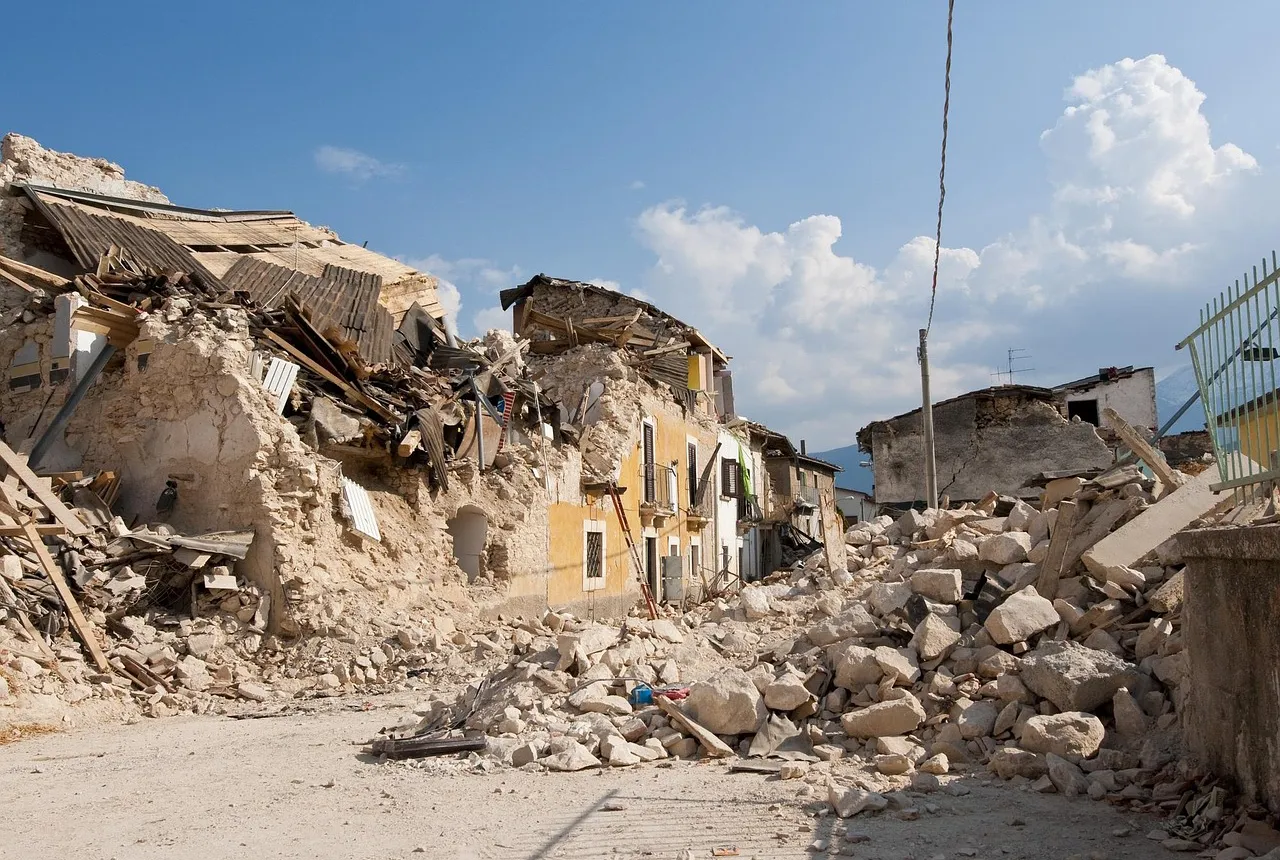
New research shows artificial intelligence earthquake tools forecast aftershock risk in seconds
25/11/2025
Researchers from BGS and the universities of Edinburgh and Padua created the forecasting tools, which were trained on real earthquakes around the world.
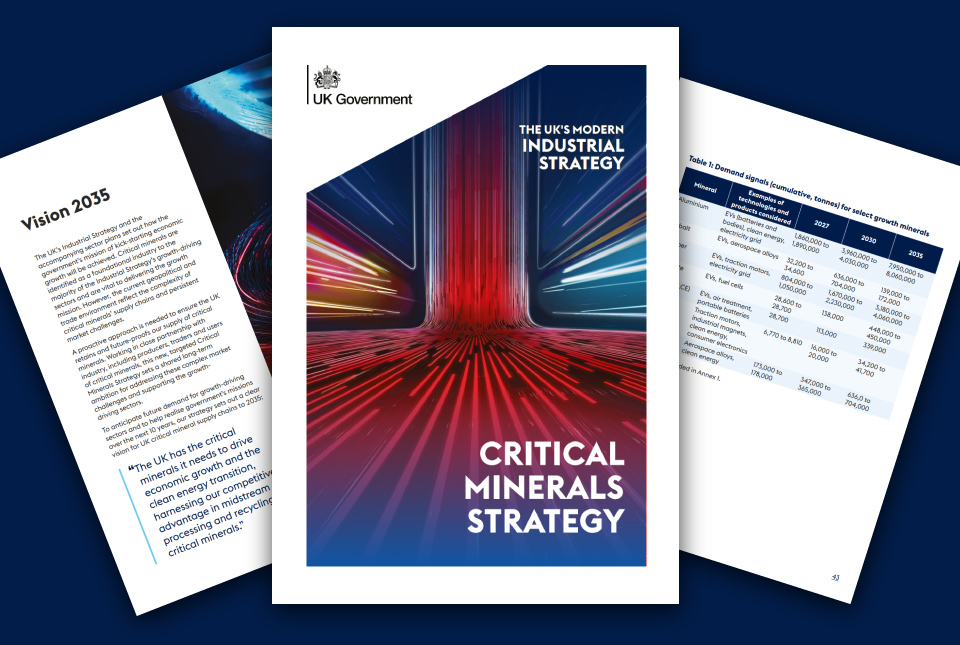
BGS welcomes publication of the UK Critical Minerals Strategy
23/11/2025
A clear strategic vision for the UK is crucial to secure the country’s long-term critical mineral supply chains and drive forward the Government’s economic growth agenda.

New funding awarded for UK geological storage research
21/11/2025
A project that aims to investigate the UK’s subsurface resource to support net zero has been awarded funding and is due to begin its research.

UK braced for what could be the largest solar storm in over two decades
12/11/2025
Intense geomagnetic activity could disrupt technology such as communication systems, global positioning systems and satellite orbits.

First distributed acoustic sensing survey completed at UK Geoenergy Observatory
12/11/2025
New research at the Cheshire Observatory has shown the potential for mapping thermal changes in the subsurface using sound waves.
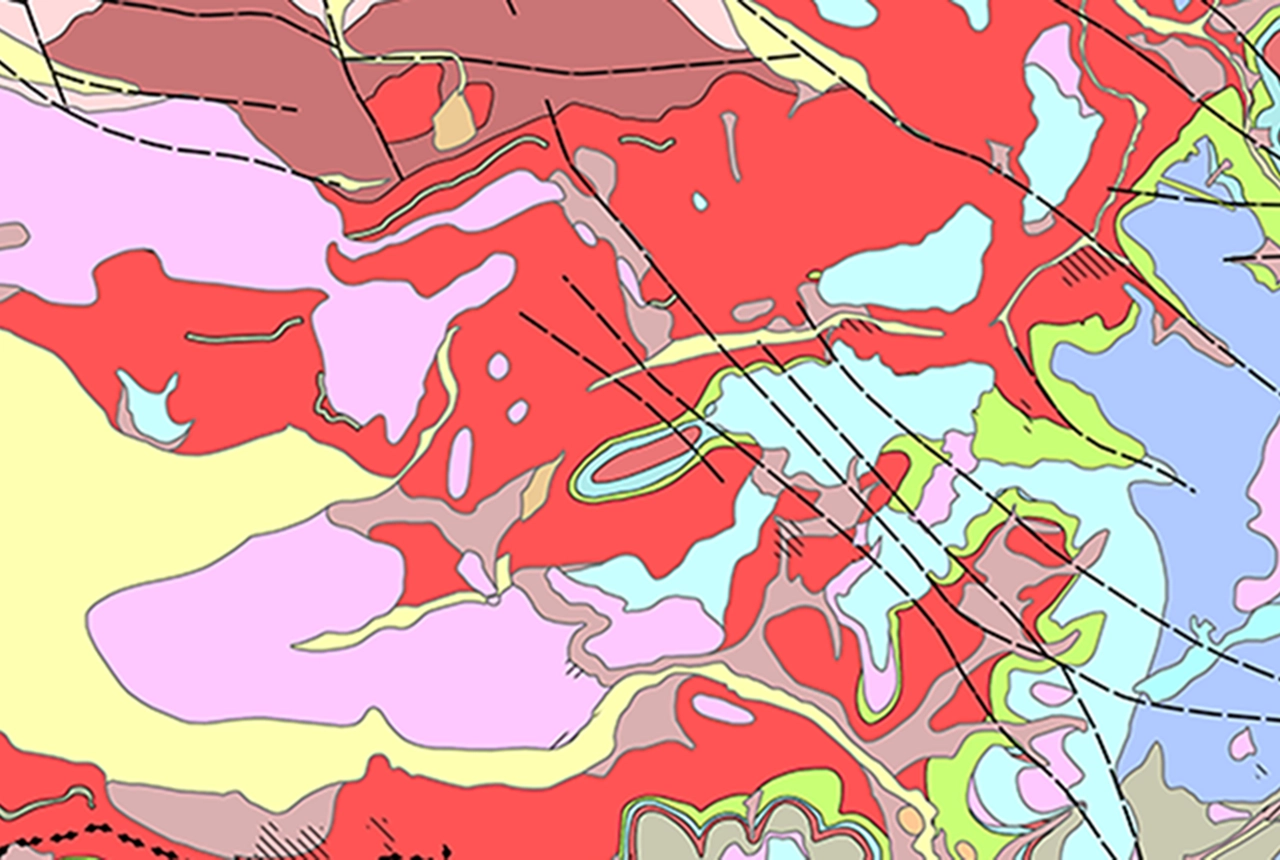
Latest BGS Geology 50K mapping data launched
06/11/2025
Some of our most widely used maps have received a major update, including the 1:50 000-scale map series that now includes enhanced coverage of Great Britain.

New research highlights significant earthquake potential in Indonesia’s capital city
04/11/2025
Research reveals that a fault cutting through the subsurface of Jakarta could generate a damaging earthquake of high magnitude.



